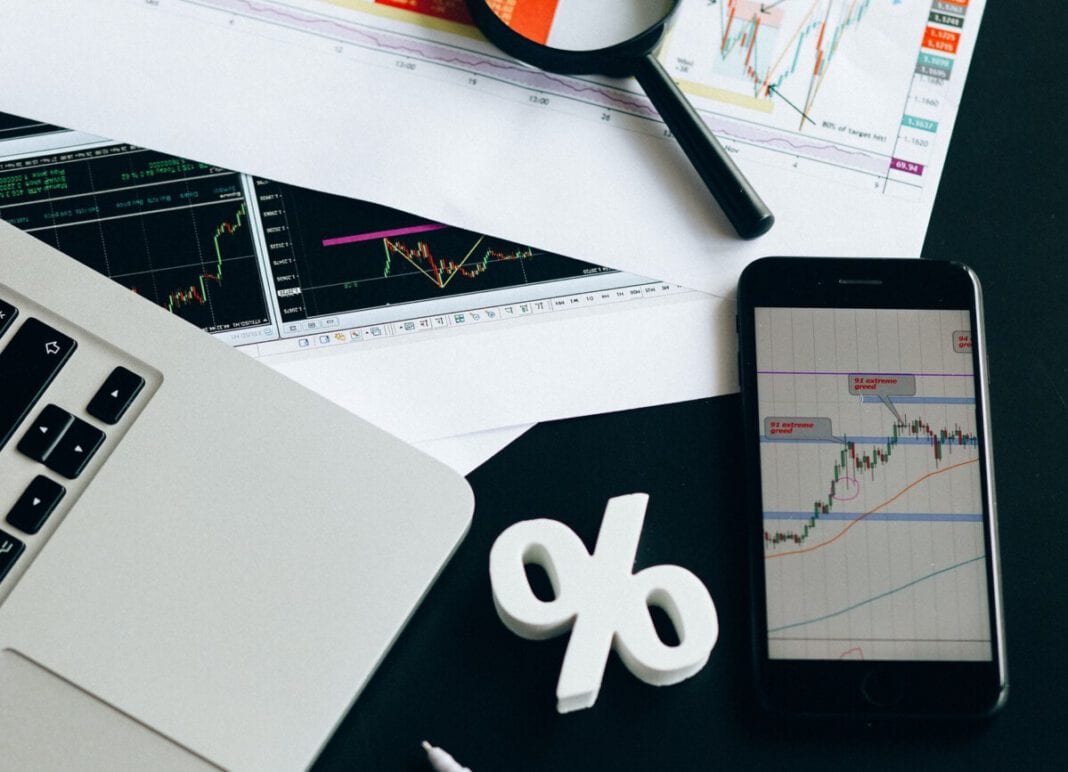The Dutch economy has been hit hard by the ongoing coronavirus pandemic. But it’s not only the Netherlands that has suffered, so has every other nation around the globe. After recording a growth of negative digits this year, the economy is expected to bounce back in the next year by 2.6%, thereby reaching 99% of its pre-corona size by the end of 2021.
This is good news for the stock market, which has suffered in 2020 as more people moved to markets to liquidate their assets for cash, which was deemed more vital during the crisis. A bounce back for the economy means various markets should be back to their feet, offering plenty of profit-making opportunities for all.
Interested traders can opt to exploit the opportunity by buying the real assets on different platforms and waiting for the prices to increase before selling for a profit, or they can opt to exploit CFD instruments for various assets through futures trading where they don’t have to hold the underlying asset and can profit from price gains and declines. Also, they can use leverage to gain more exposure to the underlying asset with minimal capital invested.
The second wave is holding the economy back
It seems what is holding back a full and fast recovery of the economy is the second wave of the virus, which has seen the Dutch government bring back social distancing measures. However, they are less strict compared to the lockdown witnessed in spring. Still, bars, theatres, museums, restaurants, and cinemas remain closed while gyms, schools, and hair salons are open this time around.
The Dutch GDP saw a -9.9% decline in the second quarter of 2020 compared to the last quarter of 2019. It managed to bounce back to -3.0% by the third quarter before the recovery was halted by the second wave of coronavirus that began in September.
What stands out right now is the fact that businesses are well prepared, and government policies are less strict. According to ING, the Dutch GDP will be 4.3% lower than it was in 2019. The organization believes even though that is a severe hit to the economy, it’s not as bad as they had initially predicted despite the return of partial lockdowns. Incredibly, the third quarter has shown a strong rebound thanks to the government’s support package that has had to break away from its strong stance of budget cuts and frugal spending to aid the ailing economy.
A weak start for the economy In 2021
ING expects a weak start for the economy in the first quarter of 2021 as different European governments gradually unwind anti coronavirus measures. However, growth should accelerate by the second quarter. There will be more testing in the Netherlands, and vaccination should begin in the first quarter. And since achieving broad immunity will take time, the analysts believe 2021 will be a year where the economy’s recovery will be held back. One area expected to suffer is investment, given the uncertain outlook of how the virus continues to develop.
Hospitality, transport, and service sectors to bounce back
Also, consumption is expected to continue lagging by 1%; however, merchandise exports are expected to recover by the end of 2021 fully. Further projections show that the GDP will be 2.6% higher in the coming year than 2020, thereby reaching 99% of its pre-covid size by the end of 2021.
But, if an effective vaccine can be discovered, coupled with mass testing and better treatment, then don’t be surprised to see the economy bounce back to full strength in no time.
The most affected industries by the pandemic were hospitality, transport, and services. And these sectors are expected to record the biggest growth in 2021 even though they will not fully recover. The analysts predict an increase of 40% for the hospitality sector. However, uncertainty remains high; therefore, growth is expected to be slower.
Feature Image: Nataliya Vaitkevich/Pexels


